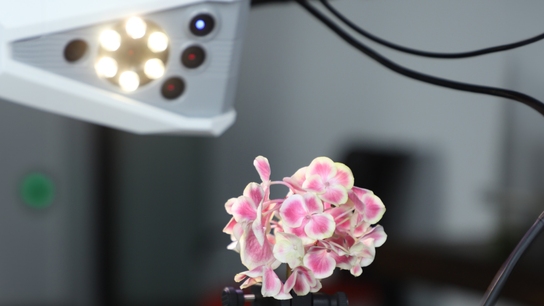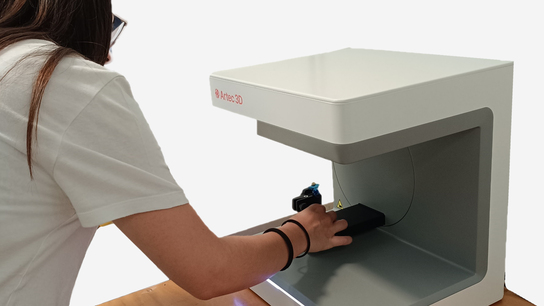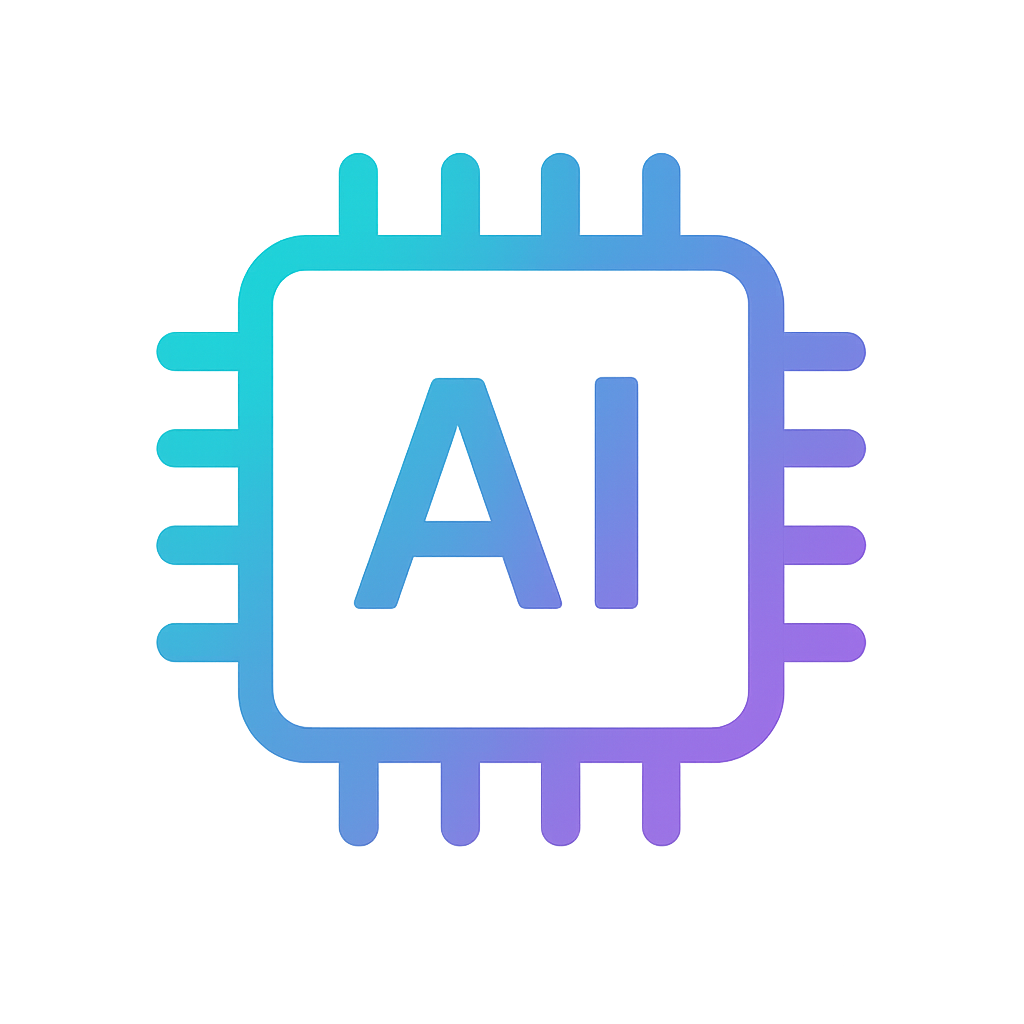Artec Micro captures a squirrel skull in submillimeter 3D color in minutes
Summary: An Artec Ambassador specializing in metrology solutions scanned a squirrel skull with Artec Micro to test the automated desktop scanner’s abilities.
The Goal: With minimal setup, to easily capture in submillimeter 3D color all the tiny, complex surface structures of a squirrel skull in minutes.
Tool Used: Artec Micro
On a walk through the forest near his home in Amherst, Virginia, Artec Ambassador Paul Motley of GoMeasure3D discovered a gray squirrel skull on the ground. Lifting it up and examining its 2.165 inches (55mm) of intricate, organic structures, he realized it’s a perfect opportunity to test the abilities of Artec Micro, a desktop 3D scanner for small objects, especially those with challenging geometries. The squirrel skull certainly qualifies as that. With its sweeping curves, thin ridges, and hair-like sutures, the skull is both beautiful and complex.
3D model of the skull of Eastern gray squirrel, scanned with Artec Micro. Total scanning time: 8 minutes 30 seconds. Processing time: 12 minutes.
In the words of Paul Motley, “The reason I decided to scan this skull was because, the more that I thought about it, I realized that its geometries were very similar to those of many objects that need to be scanned in today’s industrial applications.” He continued, “For example, in the casting industry, where not only the casts themselves are being scanned, particularly in the case of reverse engineering legacy casts and dies no longer in production, but also for quality inspection of molds, casts, and the final products they’re being used to make. So many of those objects have thin edges, precisely-placed holes and angles, as well as organic or irregular shapes and surfaces. And speaking from a metrology point of view, if your 3D scan is even just a tiny bit off-the-mark, you’d be better off just throwing it out and starting over from scratch.”
Motley highlighted the case of auto parts makers with shelves full of small, legacy parts that need to be reverse-engineered. “In the past, when we were digitally capturing objects like this, we used several scanners including the HDI series of 3D scanners, which scanned the object in 4 or more orientations via placing the object on a turntable. This gave us 95% coverage or more of each object. But to obtain such results, we needed at least 30 minutes of user input just to set things up for each different object, and that doesn’t include any of the post-processing needed after the scan.”
He continued, “With Micro, you cut your workflow down dramatically, both in terms of steps needed to capture all the complexity of your object, and the time involved. That’s tremendous, especially when you have a line of objects waiting to be scanned, and a deadline that’s drawing nearer. Not to mention that I can teach someone to use Micro in just a few minutes, and after that, they’ll be getting pro results from their very first scans. For me, that’s a significant selling point, how it can capture an amazing amount of detail in color 3D without much more input than cooking something in a microwave.”

Artec Micro in action, scanning the squirrel skull
Using blue LED projectors synchronized with a dual-axis rotation system, Artec Micro creates exquisite digital copies of small objects in mere minutes. This professional scanner delivers high-resolution color 3D scans with a point accuracy of up to 10 microns (0.4 thou).
A go-to choice for reverse engineering small objects, quality control, inspection, dentistry, and more, Micro opens up the horizons for newcomers as well as veteran scanning technicians, bringing automated, metrology-level scanning results straight to your desktop.
“Even though we chose to scan a skull for this test, we could’ve scanned virtually any small object and achieved the same results, whether that means aerospace parts, dies and casts, jewelry, archaeological objects, tiny gears, components – you name it. And with the degree of resolution Micro gives you, you’re guaranteed to see any defects or irregularities present in the original object. In terms of metrology, Micro gives you precise measurements that will satisfy even the tightest of specs,” said Motley.

Skull mounted on Artec Micro’s scanning platform, with Micro in the background
After mounting the skull to the scanning platform, a click of the mouse brought Micro’s advanced twin color cameras and blue LED lights to life. With a data acquisition speed of 1 million points/second, the cameras don’t linger in one position for long. The skull was scanned in two positions to ensure full coverage of all surfaces, with each scan taking 4 minutes and 15 seconds.
Post-processing the scans in Artec Studio 3D workflow software consisted of the following: a few seconds to rotate and align both scans. Then the default Macro setting was used, with the following steps: Global Registration, Outlier Removal, Sharp Fusion, Small Object Filter, and several Hole Filling tools. Total post-processing time: 12 minutes.

Final squirrel skull model in Artec Studio
“The Micro produced results far above what I had expected. This kind of detail and accuracy for the minimal input involved is not something we’re used to seeing. Most scanners take a few tries and different lengths of setup to really tune things in for each specific part. But the 2-axis movement system of Micro makes a huge difference, along with the overall accuracy of the system,” said Motley.
For now, the skull and its digital double are being used for demonstration purposes, although the results have inspired Motley to think about scanning an entire skeleton, “The morphometric capabilities of Micro are fantastic, and we’re looking forward to more projects in this direction, whether for paleontology applications such as digitizing natural history museum archives, or elsewhere.”

Skull of Eastern gray squirrel (Sciurus carolinensis)
In terms of the ultimate potential of Micro as a desktop, metrology-grade scanner, Motley had a lot to say, “Micro is a perfect fit for today’s Metrology/QA workflows. It’s a system that can be tuned way beyond what we did here, letting you make specific scans of exact locations on parts with very simple user input. Together with the need for high resolution and positional accuracy in the scale of parts, Micro makes it a viable option for both one-off inspections as well as applications where multiples of the same part are scanned on a daily or even hourly basis.”
Scanners behind the story
Try out the world's leading handheld 3D scanners.





